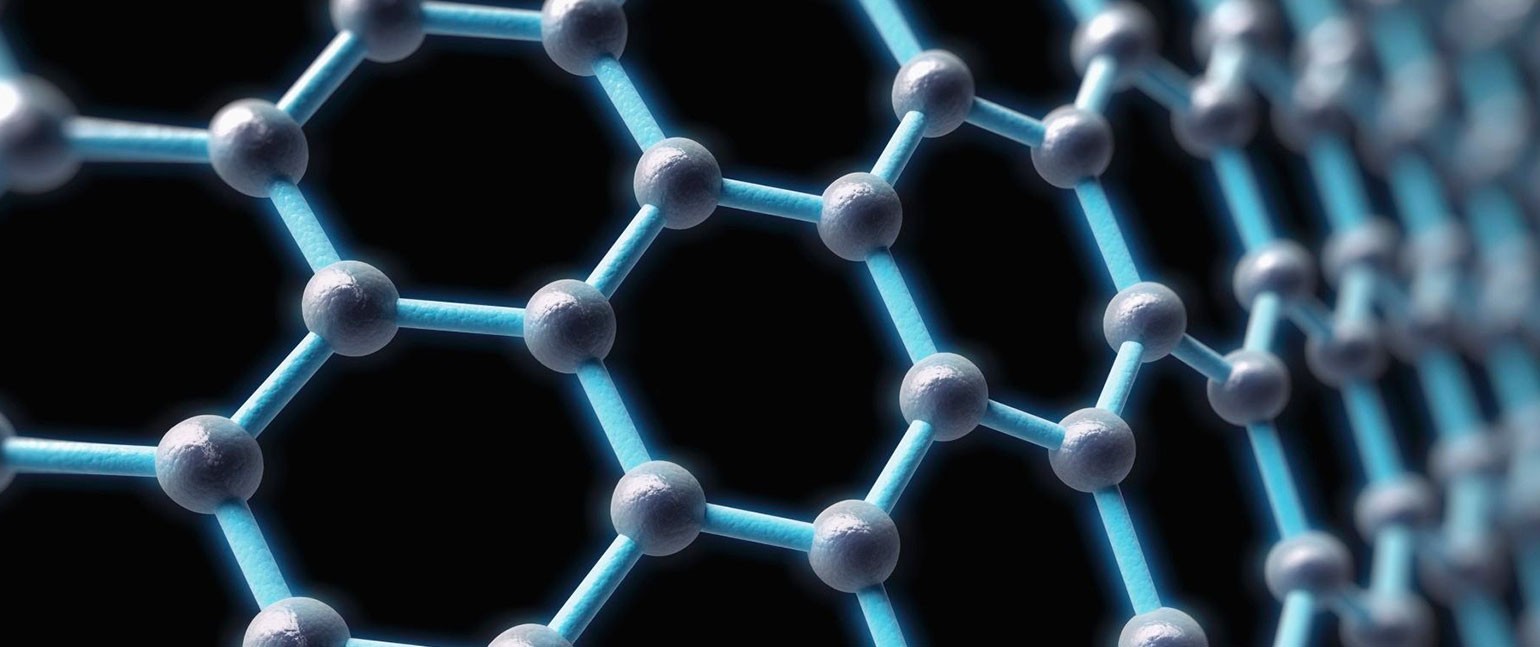I. Roles of Nitrogen in New Material R&D
Nitrogen gas (N₂), due to its chemical inertness, low cost, and accessibility, plays a critical role in the research, development, and production of new materials. Key applications include:
1.Protective Gas and Oxidation Prevention
• Material Synthesis and Processing:
Nitrogen is used to isolate oxygen during high-temperature processes (e.g., sintering, annealing, CVD) for metals, ceramics, and composites, preventing oxidation or contamination.
Example: In semiconductor wafer manufacturing, nitrogen shields silicon wafers during annealing; in lithium battery electrode sintering, it reduces impurity introduction.
• Inert Environment Creation:
Required for synthesizing nanomaterials, quantum dots, and D materials (e.g., graphene) by suppressing oxidation reactions.
2.Reaction Medium and Raw Material
• CVD/PVD Processes:
Nitrogen acts as a carrier or reactant gas for depositing nitride films (e.g., silicon nitride, gallium nitride), widely used in semiconductors, photovoltaics, and hard coatings.
• Polymer Modification:
Used in rubber/plastic cross-linking or foaming to regulate reactions and improve properties (e.g., aging resistance, strength).
3.Safety and Quality Control
• Solvent Recovery and Drying:
Nitrogen purges solvents in electronic-grade chemicals (e.g., photoresist, etchants) to prevent moisture/oxygen residues.
• Storage and Packaging:
Oxygen-sensitive materials (e.g., catalysts, luminescent materials) are stored under nitrogen to avoid degradation.
4.Special Process Assistance
• Laser Cutting and 3D Printing:
Nitrogen assists in metal 3D printing/laser cutting to prevent melt pool oxidation and cool workpieces.
• Battery R&D:
Protects electrolyte formulation and electrode drying in lithium/solid-state battery development, avoiding reactions with air.
II. Advantages of On-Site PSA Nitrogen Systems as Nitrogen Sources
PSA (Pressure Swing Adsorption) systems physically separate nitrogen from air, offering efficient and flexible solutions for new material R&D:
1.Cost Efficiency
• Lower Raw Material Costs: Uses air as feedstock, eliminating purchases of liquid nitrogen or high-pressure cylinders.
• Reduced Logistics: On-site generation avoids transportation and storage costs, ideal for labs or pilot plants.
2.Reliable High-Purity Nitrogen
• Customizable Purity: PSA produces 95%-99.9995% purity nitrogen, meeting diverse requirements (e.g., semiconductor-grade ultra-high purity).
• Continuous Supply: 4/7 operation ensures uninterrupted processes (e.g., CVD, long-duration sintering).
3.Flexibility and Adaptability
• Scalable Flow Rates: Tailored to experimental or production scales.
• Modular Design: Compact systems fit labs, cleanrooms, or mobile platforms for rapid deployment.
4.Safety and Sustainability
• Eliminated Storage Risks: No high-pressure cylinders/liquid nitrogen tanks, reducing leak/explosion hazards.
• Zero Emissions: Carbon-neutral process aligns with green R&D goals.
5.Enhanced R&D Efficiency
• Rapid Response: Instant nitrogen supply shortens experiment wait times.
• High Purity: Minimizes impurity impacts on material properties, improving product quality.
III. Typical Applications
• Semiconductors and Electronics: CVD/PVD film deposition, wafer annealing, photoresist drying.
• New Energy Materials: Lithium battery electrode sintering, sodium-ion battery R&D, hydrogen catalyst synthesis.
• Polymers and Composites: Rubber vulcanization, carbon fiber oxidation protection, polyurethane foaming.
• Nanomaterials and Advanced Ceramics: Nanoparticle synthesis, ceramic sintering, quantum dot preparation.
PSA on-site nitrogen systems provide safe, economical, and flexible solutions for new material R&D, reducing operational costs while enhancing process control and product quality. As a sustainable technology, PSA is the optimal choice for efficiency- and innovation-driven material development.



